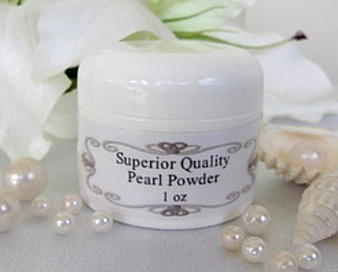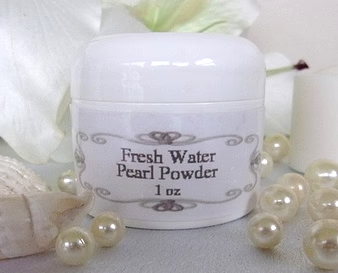|
In the United States, about 300,000 people experience a hip fracture each year. In Canada, between 30,000 and 45,000 older people break a hip each year, with the economic burden estimated at more than $650 million.
A bone fracture is one of the most serious consequences of osteoporosis, leading to significant reductions in mobility, independence, and quality of life, and in some cases, increased mortality. A hip fracture almost always requires surgery and physical therapy.
Approximately 70 percent of hip fractures occur in women. Women lose bone density at a faster rate than men do, because levels of estrogen drop with menopause which accelerates bone loss. However, men can also develop dangerously low levels of bone density.
Causes
Both men and women are susceptible to hip breakage, however it is more common in older people. People over the age of 65 are most at risk because bones weaken and become brittle, balance declines, and the risk of falling increases. But more than half hip fractures occur in people over 85.
Multiple medications and poor vision also make older people more likely to trip and fall, which is one of the most common causes of hip fracture. A broken hip can cause life-threatening complications.
An Overactive thyroid can lead to fragile bones. Also, Intestinal disorders may reduce your absorption of vitamin D and calcium, leading to weakened bone and hip fracture. Medical conditions that affect the brain and nervous system, including stroke, cognitive impairment, dementia, Parkinson's disease, and peripheral nervous system disease, also increase the risk of falling.
When you're young, lack of vitamin D and calcium in your diet lowers your peak bone mass and increases your risk of fracture in adulthood. Serious eating disorders, such as bulimia and anorexia, can damage your bones by depriving your body of essential nutrients needed for bone building and density.
Complications
Hip fractures in the elderly are often a death sentence. The trauma of a fracture and surgery, along with an existing health condition can lead to serious disability and significantly increase the risk of death. Research shows that death after a hip fracture can be related to complications, such as infections, internal bleeding, pneumonia, heart failure, and stroke.
A hip fracture can reduce your future independence and sometimes even shorten your life. About half the people who have a hip fractures are not able to regain their ability to live independently.
How To Prevent A Hip Fracture
The combination of protein, calcium, Vitamin D intake and physical activity is known to increase muscle mass and function and decrease the likelihood of falls and fractures in the future.
Exercises, such as walking, help strengthen bones and muscles, making falls and fractures less likely. Do strengthening exercises to improve balance. If you don't participate in weight-bearing exercise regularly, you most likely have lower bone density and weaker bones.
Eat a healthy, well balanced diet! Some data has shown poor nutrition at the time of the fracture which reduced people's ability to walk unaided six months after the fracture, compared to those with good nutrition.
Review medications that cause drowsiness or dizziness.
Install safety rails, hand grips, and non-slip floor coverings.
Tobacco and alcohol use can interfere with the normal processes of bone building and maintenance, resulting in bone loss and hip fracture. So, Don't drink too much alcohol, and don't smoke.
Take supplements to improve bone density.
Pearl has strong antioxidant and anti-inflammatory properties and helps to support the body's natural collagen production, strengthen bones, and support the nervous system. In fact, Pearl Powder grows stronger bones by stimulating new bone and increases bone density, which helps prevent osteoporosis.
Pearl Powder is rich in minerals, especially high quality calcium. Scientific studies show Pearl Powder to be the finest source of calcium available. Recently developed technologies estimated the absorption rate of calcium in pearl powder was 90% of calcium intake.
This Calcium is NOT the Calcium present in over-the-counter supplements. Pearl actually contains "Negatively" charged Calcium, calcium ions, that have a pronounced effect on membrane structures, which is highly beneficial for your body to fully ingest and absorb.
Pearl Powder supports strong bones, and helps with bone mineralization. It stimulate bone-builder cells to regenerate and make existing bone stronger.
Pearl powder promotes bone health when taken orally. Pearl powder is edible and can be mixed in drinks, including juice, smoothies, water, milk, iced coffee or tea, puddings and yogurt.
Good healthy bone structure reduces frailty and improves balance, thereby reduces the risk of falls and subsequent fracture.

Seawater 1.oz $22.95

|

Freshwater 1.oz $22.95

|
|